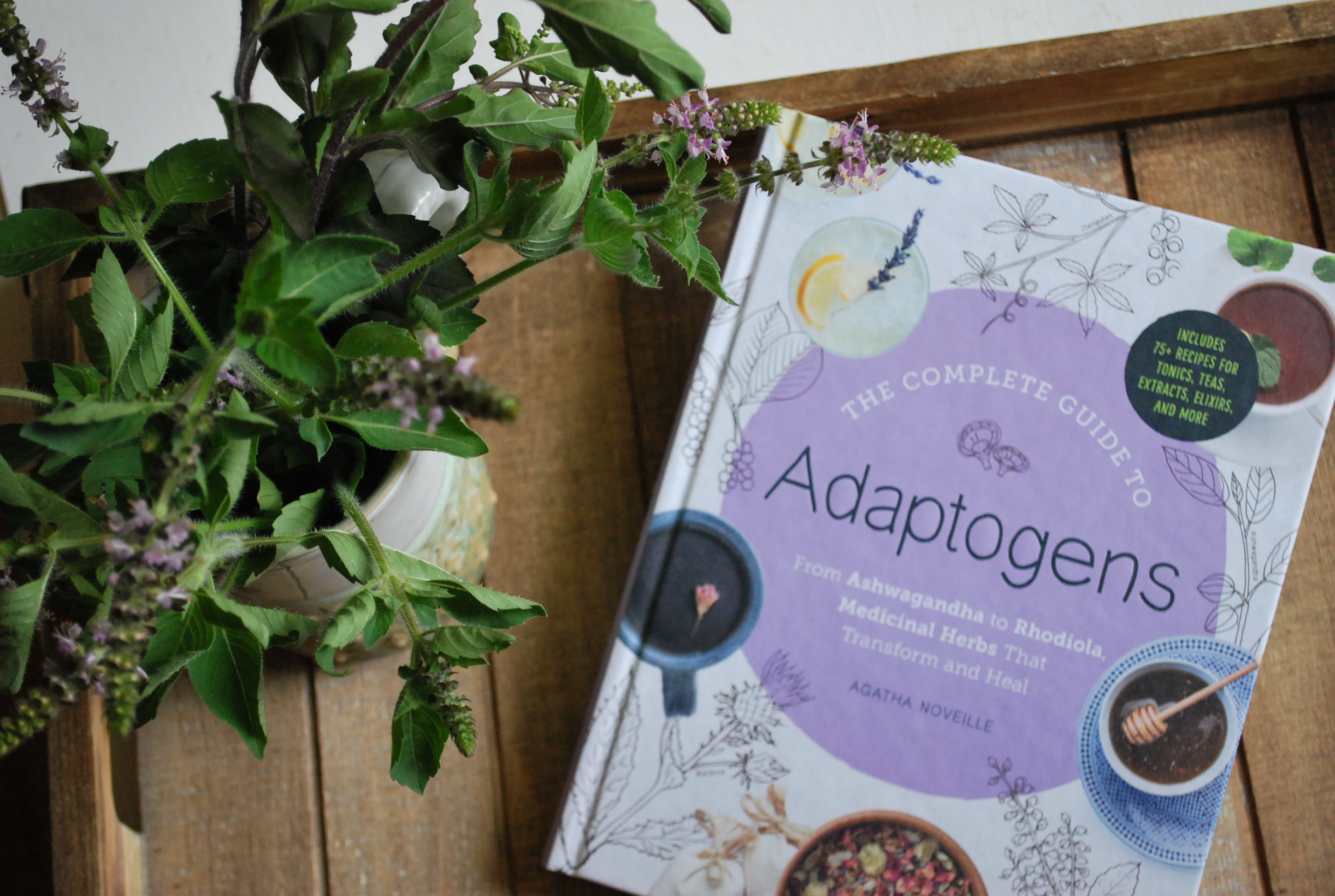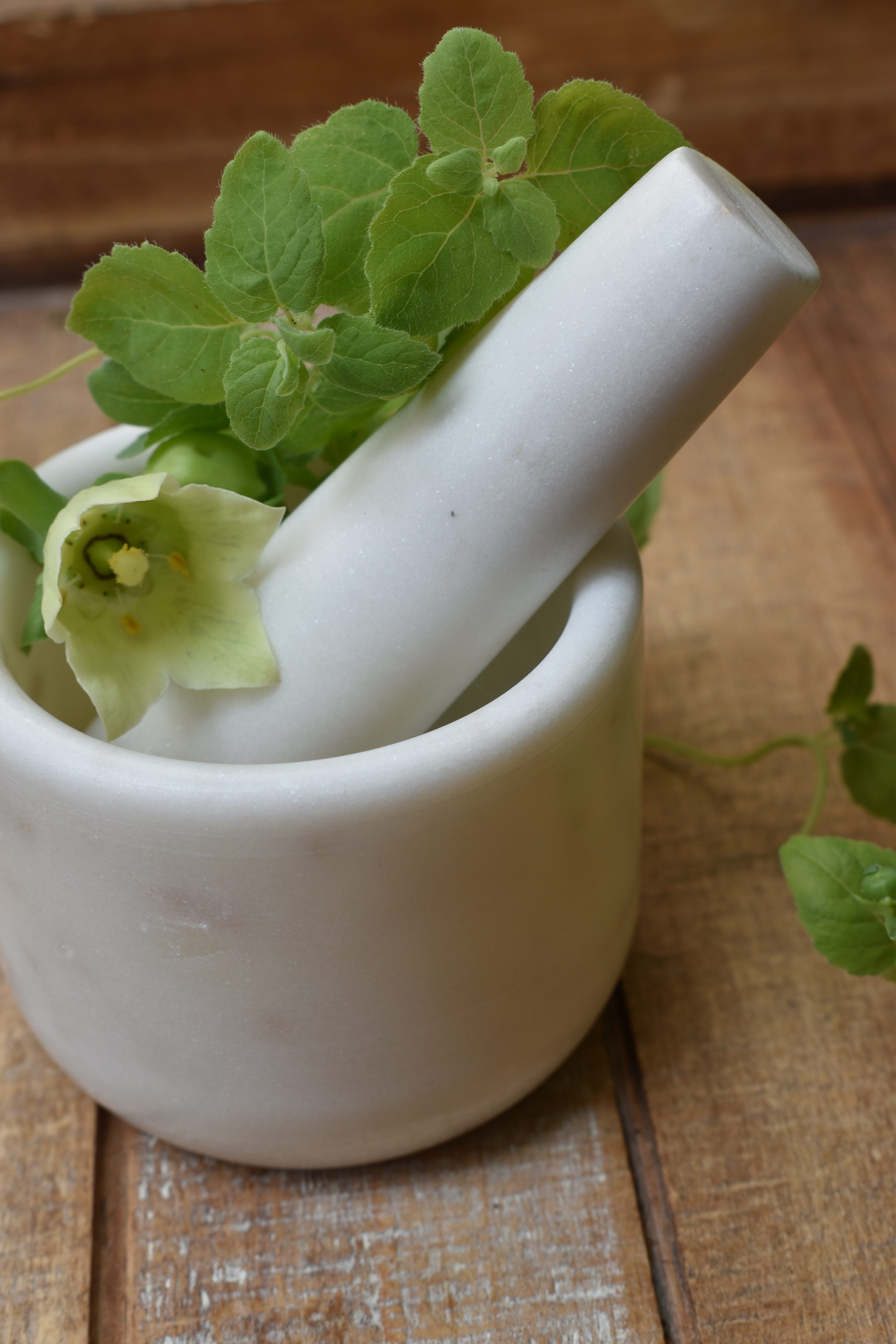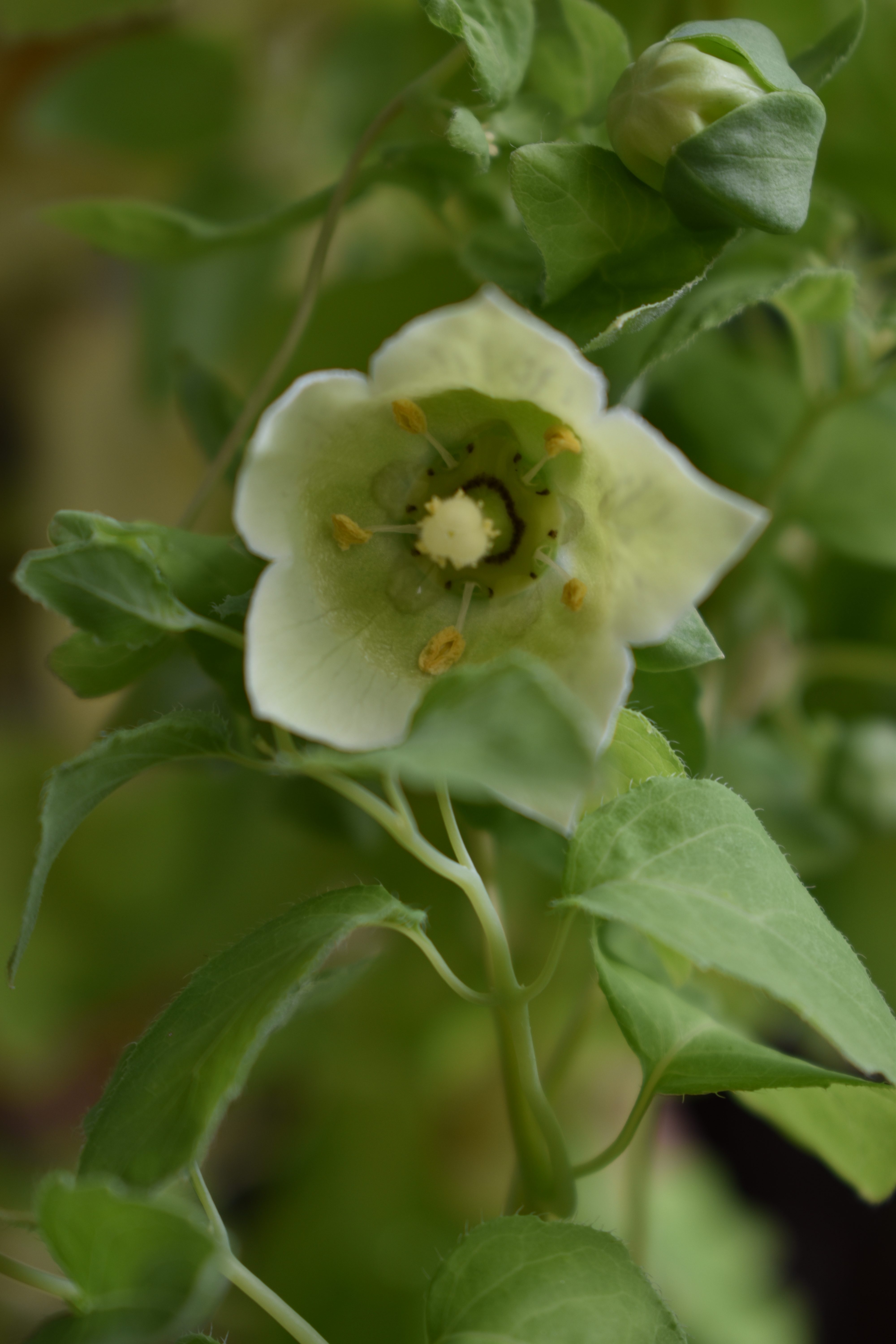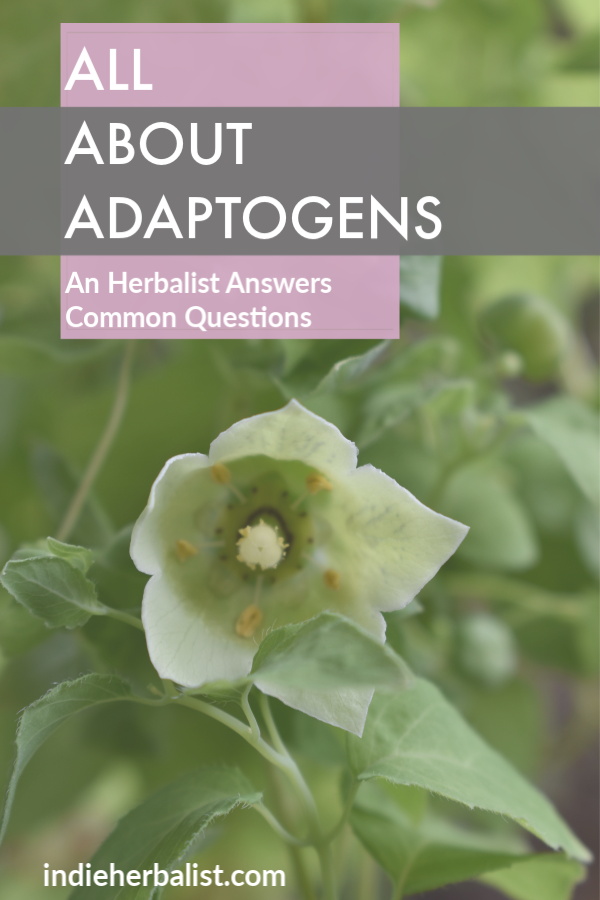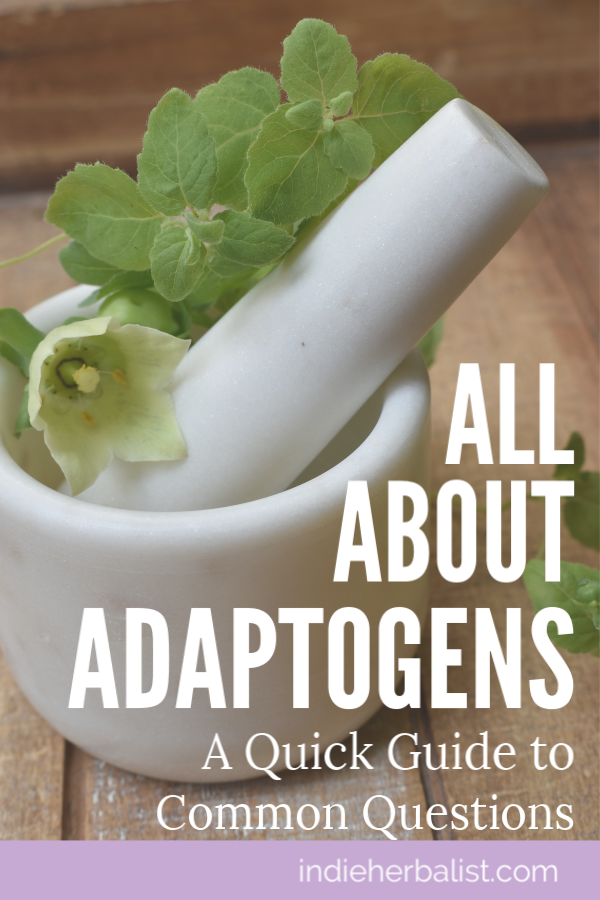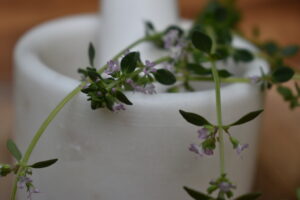Links contained in this post and elsewhere on my website may include affiliate links. When you make a purchase through these links, I earn a commission at no additional cost to you. I only link to products and services that I love - and that I think you will love, too!
Read Time:5 Minute, 19 Second
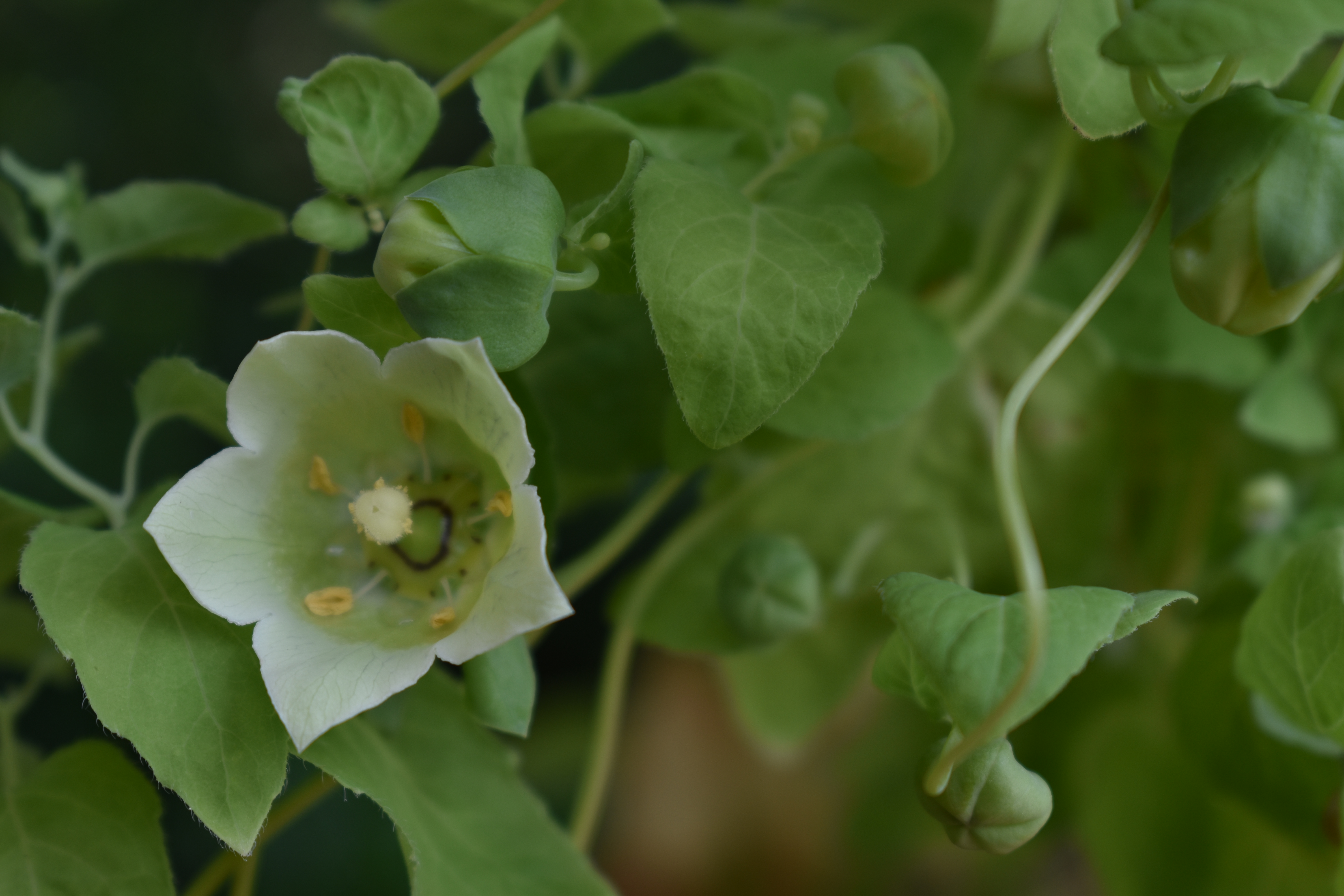
I love growing and using adaptogens, and write about them often. Actually, I even wrote an entire recipe book about them! These herbs open doors to a whole other way of supporting health. Below, I’ve answered some of the most common questions people ask me about adaptogens. I’ve also listed some of the most common adaptogens and explain how to use them.
What are adaptogens?
Adaptogens are a group of herbs that support our bodies’ response to stress in a holistic way. Stress can wear us down physically and emotionally, but adaptogens seems to have a knack for supporting mood, stamina, and immunity.
Herbs that we now call adaptogens are tonics in Traditional Chinese Medicine and rasayanas in Ayurveda. These herbs were well known for their ability to support health and longevity.
Who can Use Adaptogens?
Adaptogens are typically best for adults, not children. This can vary from one individual to another, but the precaution exists because many adaptogens can influence the endocrine system. In children, the endocrine system is still developing.
Women might also need to be careful of using these herbs while pregnant. Herbalist and MD Aviva Romm suggests that adaptogens should not be used during pregnancy because there is a lack of safety data.
If you take prescription medications of any kind, check with your doctor and pharmacist before you try adaptogens. This is a good idea before using any herb. Some herbs can alter the metabolism of medications in the body.
How Much of an Adaptogen Can You Use?
Every adaptogen has a serving size that is considered optimum for that adaptogen. However, that amount can vary slightly (up or down) based on your own constitution and metabolism. Before you add an adaptogen to your wellness routines, do some research to determine the common serving size, or stick with recipes created by an herbalist (like the ones in my book). If you are using a supplement that contains adaptogens, check the label for directions.
As with any herb, some is good but more is not necessarily better. Too much of some adaptogens can leave you feeling jittery or unsettled. It’s a good idea to start at the lower end of the suggested range and move up gradually to find what works for you.
As a general rule, I find that 1 teaspoon of dried herb per cup of tea or 1/4 teaspoon of extract are good places to begin.
How long can you take adaptogens?
Adaptogens are best used long term. Taking them on a daily basis lets their influence gradually build up in the body. You might notice a difference in the way you feel within the first few days of adding an adaptogen to your routines. In other cases, it may take a little longer for you to notice any changes.
Metabolism and health needs can change over time. I’ve found that it’s best for me to reevaluate every few months and decide whether to continue using the same adaptogens or switch them out for different ones.
Five Adaptogens to Explore
These are some of my favorite adaptogens. Below, I’ve included some safety info and serving size suggestions for making teas and decoctions, but this info is just a starting point for you to explore and learn. The information on serving size is based on the suggestions in Adaptogens for Strength, Stamina, and Stress Relief by Winston and Maimes.
Eleuthero
Eleuthero senticosus
This adaptogen is great for athletes and helps support the immune system during physical training. It can also be great if you feel stressed out from working long hours. I like to use it in the fall and winter, but that’s just a personal tendency I’ve noticed. You may find that you develop your own seasonal preferences, too! Use 1 or 2 teaspoons of powdered root per 16oz of water to make a decoction with Eleuthero. Eleuthero could potentially interfere with medications for heart rhythm or blood pressure.
Tulsi
Occimum tenuiflorum
This herb is a member of the mint family. It comes from India. Tulsi has an affinity for supporting the immune system and for supporting positive moods. To make an infusion with tulsi, use 1 tsp of leaves per 8 oz of water. Tulsi may potentially speed up the elimination of some medications. There is conflicting information about whether you should use tulsi if you are trying to conceive or during pregnancy.
Jiaogulan
Gynostemma pentaphyllum
This vine happens to share some of the same constituents as ginseng. It makes a lovely houselplant and can be grown outdoors in mild climates. Besides the balancing qualities common in all adaptogens, jiaogulan has a reputation for supporting heart health. To make an infusion with jiaogulan, use 1 or 2 teaspoons of dried herb in 8 oz of water. Sensitive stomachs may not appreciate jiaogulan when they are empty. Using too much jiaogulan might cause you to break out in a rash if you are sensitive. It’s best not to combine jiaogulan while taking prescription blood thinners or sedatives.
Rhodioa
Rhodiola rosea
In modern terms, rhodiola is being investigated for cardioprotective and neuroprotecitve abilities. Modern studies show it can support individuals with muscle stiffness or spasms, support reproductive health in men and women, and is beneficial for the heart and blood sugar levels. To make a decoction, you can use 1 or 2 teaspoons of the root per 8 oz of water. Based on some of the research done with rhodiola, it may be best to avoid rhodiola if there is a history of bipolar disorder and if taking antidepressants.
Schisandra
Schisandra chinensis
This berry is one of my favorite herbs for promoting calm focus when I’m working or studying. Besides it’s adaptogenic properties, schisandra is also thought to be hepatoprotective and support liver health. To make a decoction, use 1-2 teaspoons of dried berries per 8 oz of water. Schisandra could potentially increase the effectiveness of some types of sedatives, so it might not be a good adaptogen for you if you take prescription medications for anxiety or mood.
Other Adaptogens
Other common adaptogens to explore include amla, ashwagandha, shatavari, cordyceps, dang shen, goji berry, and shatavari. My herbal recipe book, the Complete Guide to Adaptogens, is full of ideas for using adaptogens in creative ways. It’s available for purchase through Amazon, Barnes and Noble, or by request at your favorite local book shop!
